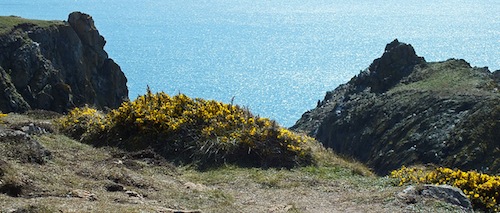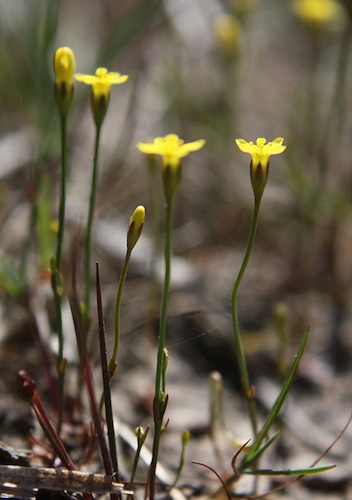There are several words that crop up over and over again in any description of the natural beauty of the Lizard: contrasting, unique, complex, rare, special, diverse....

Browse through these pages and you'll begin to discover why these glowing terms are so deserved. Each of the links in the text below takes you to a page exploring different aspects of the natural Lizard in more detail, but here are a few tasters:
• The Lizard has a complex geology, with the southern half a mixture of metamorphic and igneous rocks, including the famous and beautiful serpentine rock that was once buried beneath the ocean floor. Kynance Cove is a great spot to see serpentine exposures. Find out more here: Lizard Geology

• It's this geology that lies behind the Lizard's contrasting and diverse flora. Botanists have been visiting the peninsula since the seventeenth century. Plants usually associated with more acid heathland sit alongside those we more often think of in the context of calcium-rich soils (such as chalk soils, which aren't found on the Lizard). Why? Link here for an explanation from Andy Byfield of Plantlife, or here for his description of the special nature of heathland habitats.
• Some of the rare flora on the Lizard is unique to the peninsula in the UK. This is partly due to the Mediterranean climate (mild, wet winters and warm, dry summers). Land Quillwort, only found on the Lizard in the UK, grows here at the northern edge of its range alongside Spring Sandwort, which is found elsewhere in the UK but is here found at its most southerly latitude.
• People have valued the Lizard for over five millennia, and you can trace the marks they have left on the landscape from Bronze Age barrows to the unique mediaeval field patterns still in place. Many parts of the Lizard are still farmed, of course, but large areas are now also protected because of the importance of their natural history, and actively conserved as nature reserves for everyone to enjoy.

